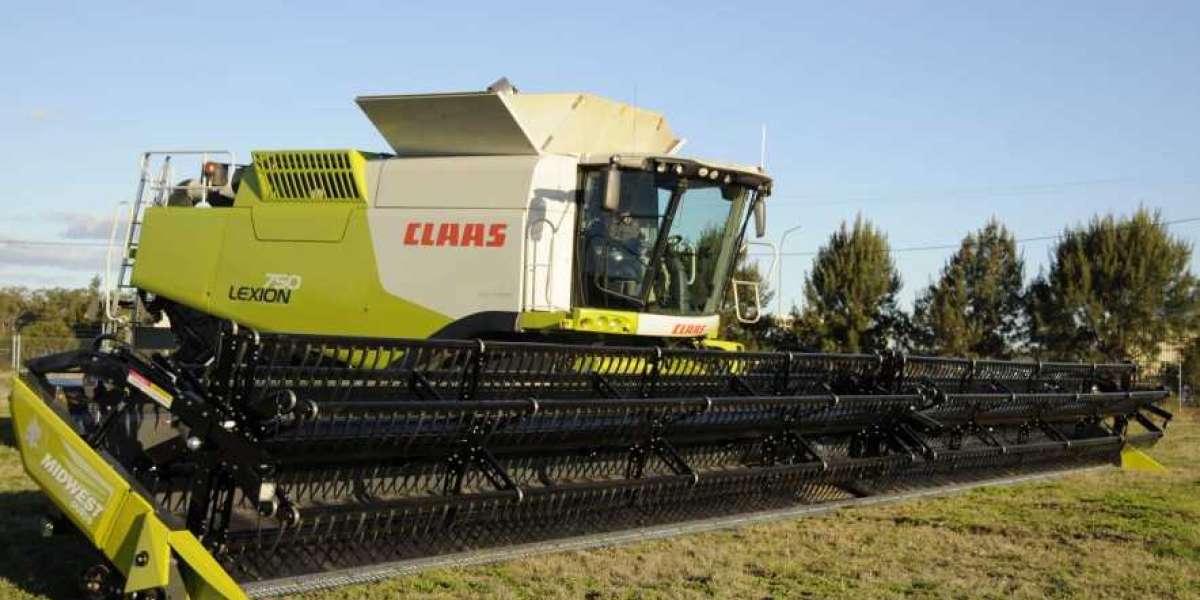Farming requires a variety of agricultural equipment to plant, cultivate, and harvest crops. Some of the most essential pieces of equipment include tractors, plows, harrows, seeders, cultivators, and combines.
Working of all agricultural machinery
Tractors are versatile farm machinery that are used for a variety of tasks on the header farming, including plowing, tilling, and hauling equipment or crops. They come in different sizes and power levels to suit the needs of different types of farms.
Plows are used to turn over the soil and prepare it for planting. They come in different sizes and can be used to work different depths of soil. Harrows are used to level and smooth the soil after plowing, and to remove weeds and other debris.
Seeders are used to plant crops in a precise and efficient manner. They can be operated behind a tractor and can be adjusted to plant different types of crops and different planting depths.
Cultivators are used to aerate the soil and control weeds between rows of crops. They can be used to work the soil after planting or to work between crop rows during the growing season.
Combine harvester are used to harvest crops such as wheat, soybeans, and corn. They can cut the crops, thresh the grain, and clean the grain all in one pass.
Other important equipment for farming includes irrigation systems, such as sprinklers or drip systems, to provide water for crops, and hay balers and mowers to harvest and preserve hay for livestock feed.
In addition to these essential pieces of harvesting equipment, farmers may also use specialized equipment for specific tasks such as planting cover crops, managing pests, or maintaining soil health.
Overall, a well-equipped farm will have a variety of equipment that can be used to plant, cultivate, and harvest crops, as well as to manage soil and water, and care for livestock.







